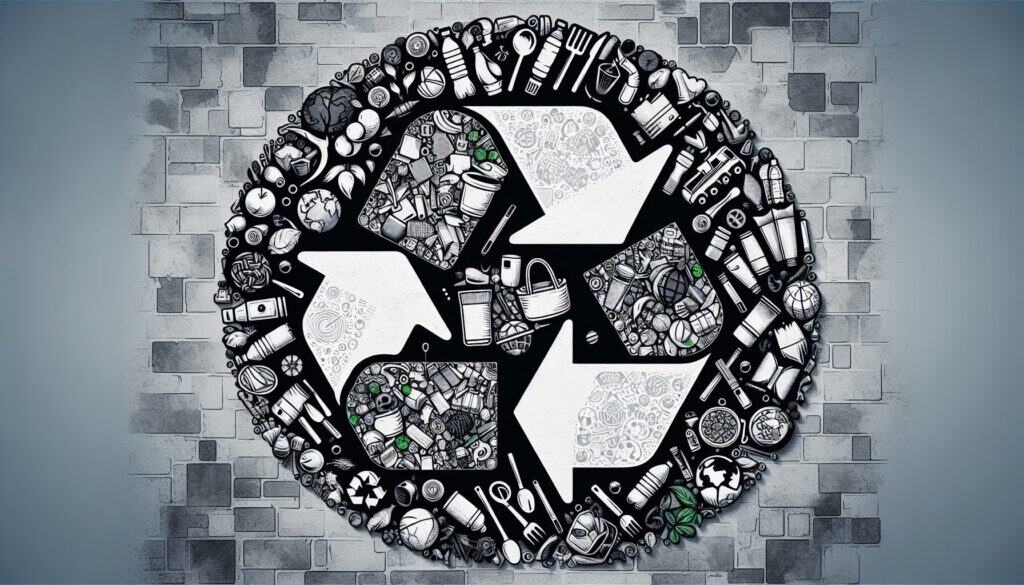识别并消除那些消耗资源却不能为客户增值的活动。
- 方法: 客户与营销, 经济学, 产品设计
减少废物 (Muda)

减少废物 (Muda)
- 持续改进, 效率, 精益制造, 精益生产, 流程改进, 七大废墟, 价值流映射, 消除废物策略, 减少废物
目标
如何使用
优点
- 提高效率、降低成本、改善质量;通过关注价值提高客户满意度;简化流程;增强员工识别和消除浪费的能力。
缺点
- 识别所有形式的浪费具有挑战性,尤其是在非生产环境中;需要转变文化,不断改进;不经深思熟虑就消除某些 "浪费"(如必要的检查)可能是有害的。
类别
- 经济学, 精益西格玛, 制造业, 解决问题, 质量
最适合:
- 通过系统地消除任何流程中不增值的活动,提高效率和盈利能力。
减少浪费(Muda)方法广泛适用于各行各业,如制造业、医疗保健、软件开发和物流业,这些行业对效率和质量的要求非常高。例如,在制造业,企业可以通过优化生产计划,使产出与实际市场需求相一致,从而识别并最大限度地减少生产过剩;在医疗保健业,减少病人等待时间和工作流程中不必要的步骤,可以大大提高服务质量和病人满意度。这种方法在产品的设计和开发阶段尤为有效,团队可以通过分析工作流程和过程,发现可能导致成本超支或延误的低效环节。参与者通常包括由工程师、设计师、质量保证专业人员和管理人员组成的跨职能团队,他们共同评估流程,找出浪费活动。通过让各级员工参与进来,企业培养了一种持续改进的文化,鼓励个人为消除低效率献计献策。这种方法不仅能通过减少资源利用和浪费直接降低成本,还能通过减少缺陷和返工提高产品质量,为企业和客户创造双赢局面。参与这种系统性的减少浪费活动可以增强企业的应变能力,使其能够更容易地适应市场变化,同时保持对提供价值的关注。
该方法的关键步骤
- 从客户的角度确定价值。
- 绘制价值流地图,将当前流程可视化。
- 评估每个步骤,根据七种废物对废物进行分类。
- 制定消除不增值活动的计划。
- 实施变革,改进流程,提高效率。
- 衡量变革的影响并分析结果。
- 通过持续监测和调整保持改进。
专业提示
- 对每类废物进行根本原因分析,找出根本问题并有效消除。
- 实施持续改进 (改善) 倡议,鼓励团队成员定期确定和提出减少废物的战略。
- 利用 "价值流图 "对流程进行可视化,揭示隐藏的浪费,加强改进流程的决策。
历史背景
1950
1958
1960
1960
1960
1960
1963
1950
1950
1960
1960
1960
1960
1962
1970
(如果日期不详或不相关,例如 "流体力学",则对其显著出现的时间作了四舍五入的估计)。















相关文章
肌肉骨骼不适调查表
多变量测试(MVT)
多元回归分析
动作捕捉系统
MoSCoW 方法
情绪中值测试